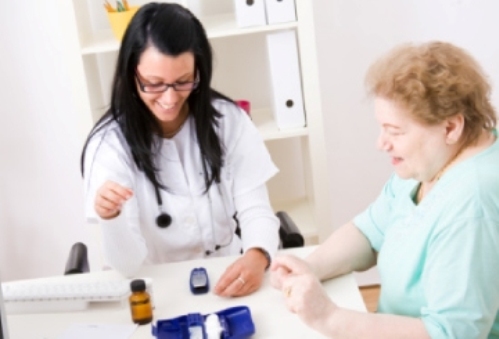
What Is Type 2 Diabetes?
Type 2 diabetes is a general term for the kind of diabetes that occurs gradually, usually in middle age or later in life (although more and more children and teenagers are diagnosed with the disease every year). In this kind of diabetes, the pancreas still makes enough insulin to get blood sugar levels down to normal at least part of the day, but it is not able to keep up with the load of glucose released by the digestion of a normal diet. Type 2 diabetes is usually not a disease of insulin dependency, that is, people who have don't have to inject insulin to live, but it is a disease of insulin resistance, in which the blood sugar level only responds to very large amounts of insulin.
- Important notification about information and brand names used in this slideshow!
- Photo courtesy of Yourwellnes by Picasa : lh5.googleusercontent.com/-uwc9uCuI5Y0/UPc_acgE4uI/AAAAAAAAJ1s/RURTOauEnHg/s433/Could-a-Diabetes-Educator-be-Your-Diabetes-Secret-Weapon.jpg
- www.rxlist.com/type_2_diabetes_slideshow_pictures/article.htm
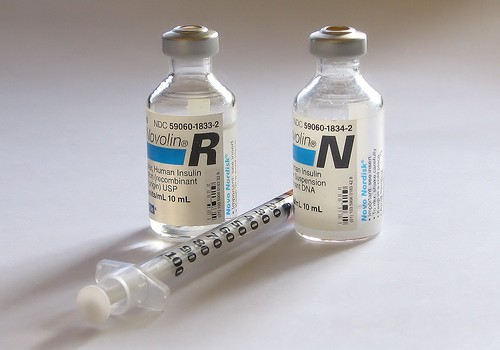
Insulin Resistance, The Root Cause Of Type 2 Diabetes
Insulin resistance is usually given a circular definition, something on the lines of "resistance to insulin." A better way of understanding the phenomenon of insulin resistance is by analogy, such as a key jammed into a lock. Cells all over the body have receptor sites for glucose that are activated by insulin, and they also have receptor sites for fatty acids that are activated by insulin. In insulin resistance, the receptor sites for glucose (sugar) stop working but the receptor sites for fat work just fine. Cells protect themselves against excess inflow of sugar by shutting down their "doors" for glucose. This leaves more sugar in the bloodstream, which causes the pancrease to release more insulin, which results in even more insulin resistance, and so on, until diabetes eventually results.
- Important notification about information and brand names used in this slideshow!
- Photo courtesy of Melissa P by Flickr : www.flickr.com/photos/ladytaz/1836553797/

Risk Factors For Type 2 Diabetes You Can Control
It is fashionable for doctors to blame their patients for type 2 diabetes, but it really isn't just a matter of eating too much sugar for too many years. Typically, there is some kind of injury or infection that makes cells temporarily sensitive to sugar, needing to block the entry of sugar until they can recover. This process starts the downward spiral of ever increasing insulin resistance and ever increasing insulin levels (until the insulin-producing beta cells of the pancreas eventually "burn out"), with more and more fat getting stored in fat cells that can't be released for muscles to burn. What can you do about diabetes? Sometimes you can't do very much, but reducing total calories, so you have less fat to store, at least gives your body a head start for normalizing blood sugar levels. Reducing your intake enough actually to lose weight--which takes a lot of willpower--is even better.
- Important notification about information and brand names used in this slideshow!
- Photo courtesy of More Good Foundaton by Flickr : www.flickr.com/photos/moregoodfoundation/5135759046/
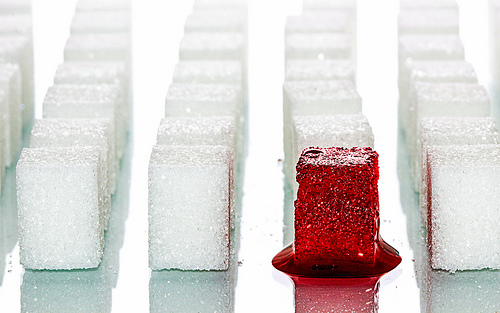
Risks Factors For Type 2 Diabetes You Can't Control
One of the more puzzling realities about type 2 diabetes is that sometimes people get it even though they are physically active and not overweight. This is particularly common among type 2 diabetics of South Asian descent. Some people have naturally small fat cells, which have relatively few receptor sites for insulin. If something happens to these fat cells so that they need to shut down their insulin receptor sites, blood sugar levels go up, because fat cells just can't absorb it for storage, but there isn't more than a small pot-belly kind of weight gain, because the fat cells are few and small. If you have this kind of type 2 diabetes, you likely to have to focus on treatment to keep the disease from getting worse. The popular "diabetes reversal diets," which sometimes actually work, aren't as likely to work for you. But feel free to prove us wrong about that by reversing your diabetes anyway.
- Important notification about information and brand names used in this slideshow!
- Photo courtesy of Dennis Skley by Flickr : www.flickr.com/photos/dskley/8683527373/
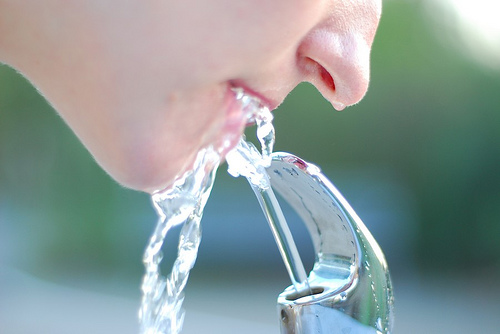
Thirst: A Dependable Sign of Diabetes
Many diabetics only learn of their disease when they start experiencing unquenchable thirst. This occurs when the disease is actually rather advanced, or at least when blood sugar levels are quite high. The kidneys try to keep blood sugar levels lower by flushing sugar into the urine. Extra urination requires extra fluid. Some undiagnosed diabetes need to drink 10, 20, or even 30 liters per day (2 to 6 gallons), and still have dry skin and thirst 24 hours a day. If you were to taste your own urine, which isn't something we necessarily recommend, it would be noticeably sweet--and a paper test for spillover sugars in urine, available at pharmacies, would test positive. The solution isn't to drink more and more water. The solution is to start aggressive diabetes treatment. Urine that smells like nail polish remover is a sign you need to seek emergency medical treatment, as are positive tests (again, with test strips available at any pharmacy) for ketones in the urine.
- Important notification about information and brand names used in this slideshow!
- Photo courtesy of Kate Dreyer by Flickr : www.flickr.com/photos/watashi/3321927855/
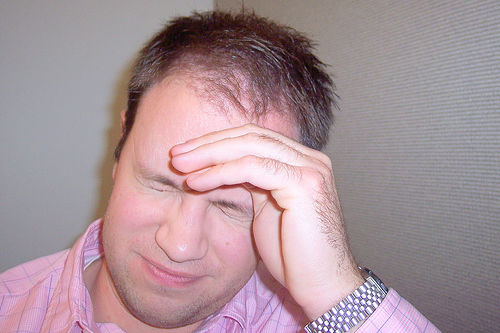
Are Headaches A Sign Of Diabetes?
Lots of diabetics get headaches, but lots of non-diabetics get headaches, too. A "diabetic headache" is likely to be associated with dehydration. It will be dull rather than sharp, cause pain on both sides of the head rather than one side of the head, and often associated with blurry vision. In a diabetic dehydration headache, the vision will be blurry but there won't be the "shooting stars" or "kaleidoscope" sensations that can occur with head injury, migraines, or stroke. If drinking water relieves headache, diabetes is a likely cause, but this kind of headache is a sign that beginning diabetes treatment is urgent.
- Important notification about information and brand names used in this slideshow!
- Photo courtesy of Eric Havir by Flickr : www.flickr.com/photos/ehavir/16932927/
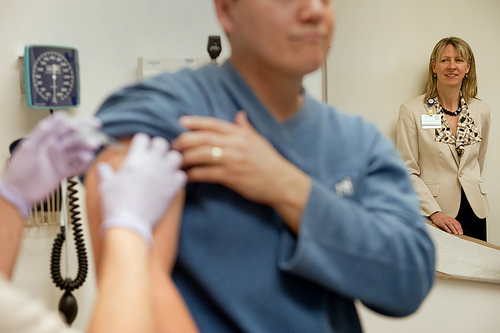
Infection And Diabetes
Bacteria like sugar. Certain kinds of bacterial infections are a lot more severe in diabetics. Pathogenic bacteria in the urinary tract that are constantly bathed in sugar the kidneys remove from the bloodstream into the urine grow clinging biofilms that help them spread up from the opening of the urinary tract all the way to the kidneys. Diabetics are also especially prone to Staphylococcus infections of the skin. These kinds of boils and furuncles are easily distinguished by their yellow, pus-filled centers. Diabetics are also particularly prone to yeast infections--yeast feeds on sugar, after all--and fungal infections of the feet and sinuses. When a diabetic gets gingivitis, it's good idea to see a dentist as soon as possible. High blood sugar levels feed the bacteria in the gums and the bacterial infection in the gum raises blood sugar levels.
- Important notification about information and brand names used in this slideshow!
- Photo courtesy of UCI UC Irvine by Flickr : www.flickr.com/photos/ucirvine/8135543773/
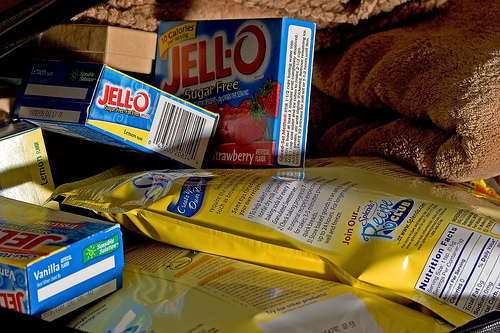
Diabetes Management: Diet Is Essential
Many diabetics miss the basic message of all good diabetes diet instruction: Diabetics just can't eat sugar. The American Diabetes Association says that since all kinds of carbohydrate are converted into glucose, why not just eat a little cake and candy too, but the truth is, even tiny amounts of sugar can cause large increases in blood sugar levels after a meal. Generally, even 5 grams (1/6 of an ounce) of carbohydrate raises blood sugar levels in diabetics who don't use insulin. If you choose to have your cake and eat it, too, pay for it in advance. Work out long enough to expend 400 to 500 calories, so your liver will store the sugar released from your sweet indulgence. But be forewarned that anytime you eat sugar, your cells temporarily become more insulin resistant. Never eating sugar at all is best.
- Important notification about information and brand names used in this slideshow!
- Photo courtesy of sriram bala by Flickr : www.flickr.com/photos/sriram/2131855065/
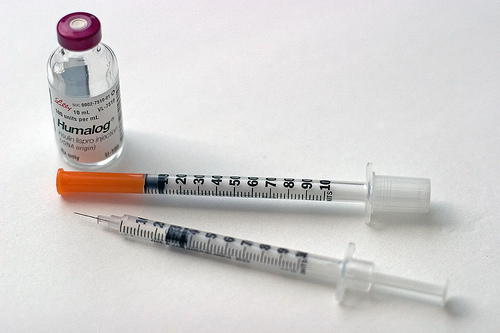
Managing Diabetes With Oral Medications And Insulin
There is only one medication that always works for diabetes, and that medication is insulin. There is no such thing as "oral insulin." All insulin is injected with a syringe. If you have insulin resistance, you will need more insulin than if you don't. If you take a medication that reduces insulin resistance, such as metformin, you'll need less insulin to manage your blood sugar levels. All other oral medications increase the production of insulin by the pancreas (not a good long-term strategy, since eventually the insulin-making beta cells of the pancreas will become depleted and insulin injections will become necessary), or reduce insulin resistance (some of them by increasing the body's number of fat cells, which is what happens with Actos and Avandia), or by increasing the production of a protein known as a glucagon-like peptide. Drugs in this last category, such as Byetta and Victoza, increase the production of insulin and also reduce the appetite--but not without side effects. Injected insulin is the one and only diabetes medication that always works, if taken in the right dose.
- Important notification about information and brand names used in this slideshow!
- Photo courtesy of sriram bala by Flickr : www.flickr.com/photos/sriram/1571464801/

Sexual Dysfunction In Diabetes
Erectile dysfunction is extremely common in men who have had diabetes 10 years or more. The problem in these men is usually damage to the nerves that enlarge the arteries that carry blood into the penis to power an erection. "The little blue pill" Viagra or its longer-acting alternative Cialis can compensate for this problem, but they can't restore the full range of sensation in the diabetes-damaged penis. Only a few years of good blood sugar control, keeping blood sugar levels below 150 mg/dl (8.8 mmol/L) all the time can do that. Women who have diabetes also lose the ability to feel and enjoy sexual intercourse, and many have recurrent problems with urinary tract infections. For women, too, a couple of years of careful blood sugar control will improve the underlying problem.





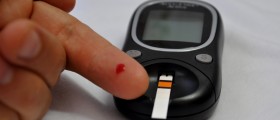
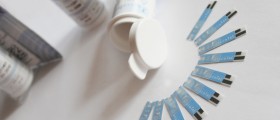

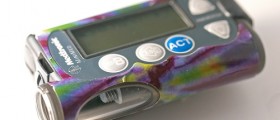


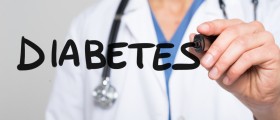
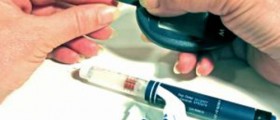

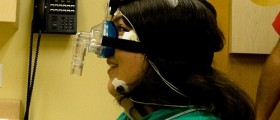
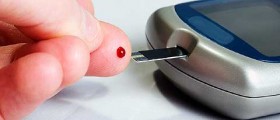
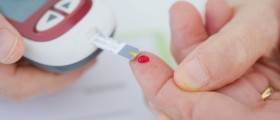
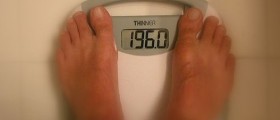





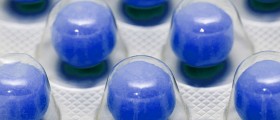
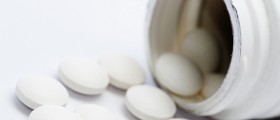
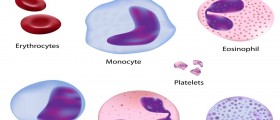
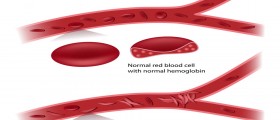
Your thoughts on this
Loading...